Fever, childhood
Treating a fever
If your child has a fever, it'simportant to keep them hydrated by giving them plenty of cool water to drink.
Babies should be given plenty of liquids, such as breast milk or formula.Even if your child isn't thirsty, try to get them to drink little and often to keep their fluid levels up.
If the environment is warm,you couldhelp to your child to stay at a comfortable temperature by covering them with a lightweight sheet or opening a window.
However, they should still be appropriately dressed for their surroundings and sponging your child with coolwaterisn't recommendedto reduce a fever.
Antipyretics
Children's paracetamol or ibuprofen work as antipyretics, whichhelp to reduce fever, as well as being painkillers.You can't give them both at the same time, but if one doesn't work, you may want to try the other later.
Antipyretics aren't always necessary. If your child isn't distressed by the fever or underlying illness, there's no need to use antipyretics to reduce a fever.
When using antipyretics, always read the patient information leaflet that comes with the medication to find the correct dose and frequency for your child's age.
.
Introduction
A fever is a high temperature. As a general rule, in children a temperature over 37.5C (99.5F) is a fever.
What causes a high temperature?
Most fevers are caused by infections or other illnesses.The high body temperaturemakes it more difficult for thebacteria and viruses that cause infections to survive. Common conditions that can cause
When to seek urgent medical advice
Contact your GP or health visitor urgently if your child: is underthree months old and has a temperature of 38C (101F) or above is between three and six months old and has a temperature of 39C (102
Treating a fever
If your child has a fever, it'simportant to keep them hydrated by giving them plenty of cool water to drink. Babies should be given plenty of liquids, such as breast milk or formula.Even if your chil

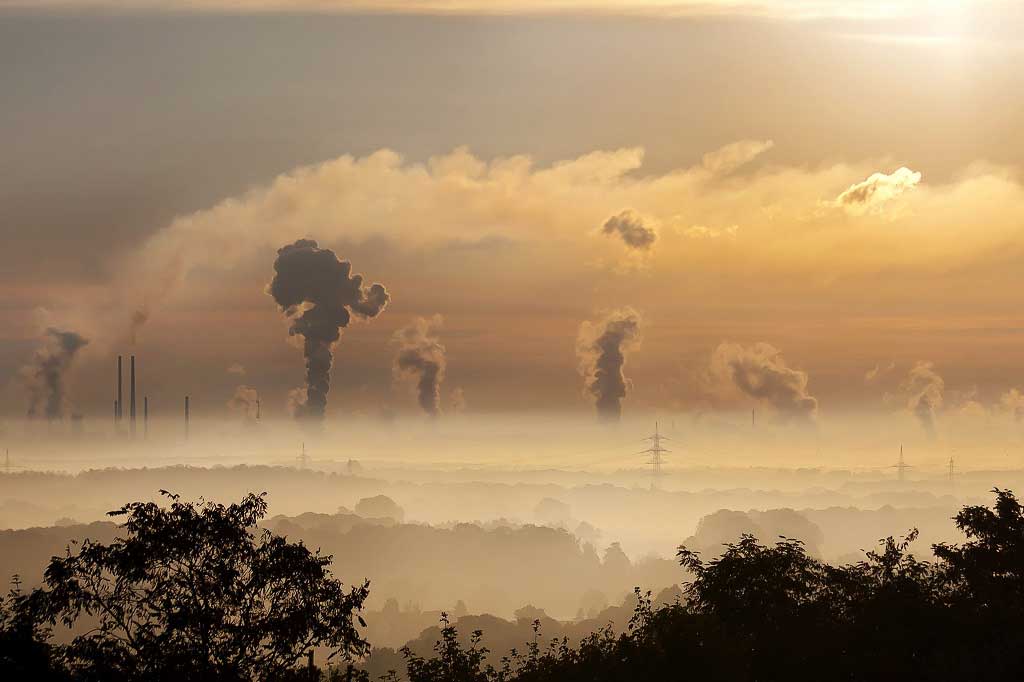
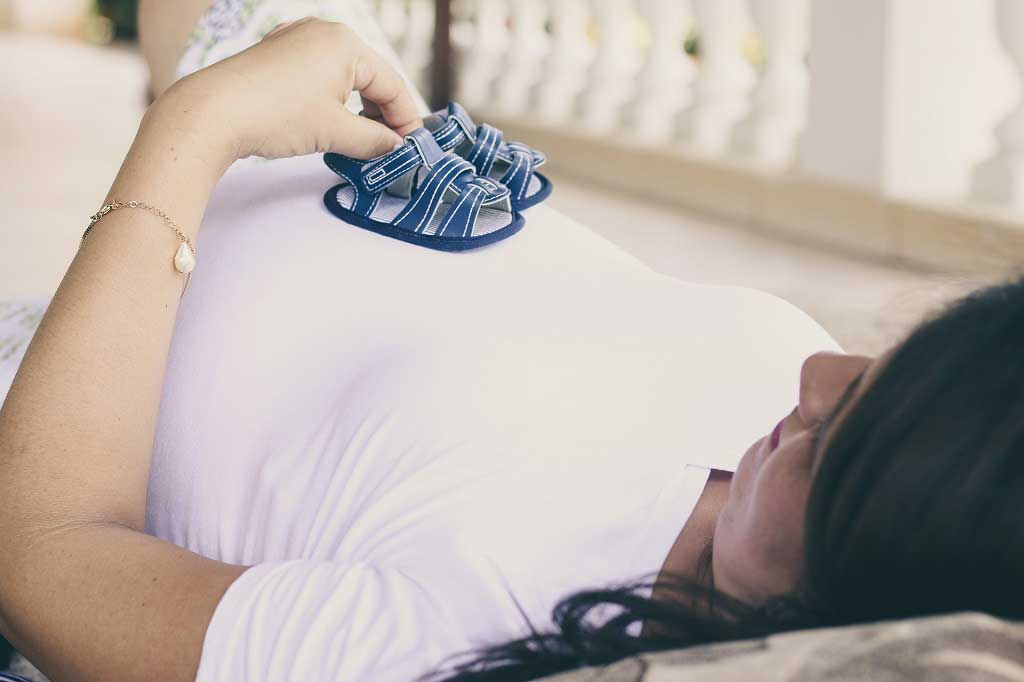
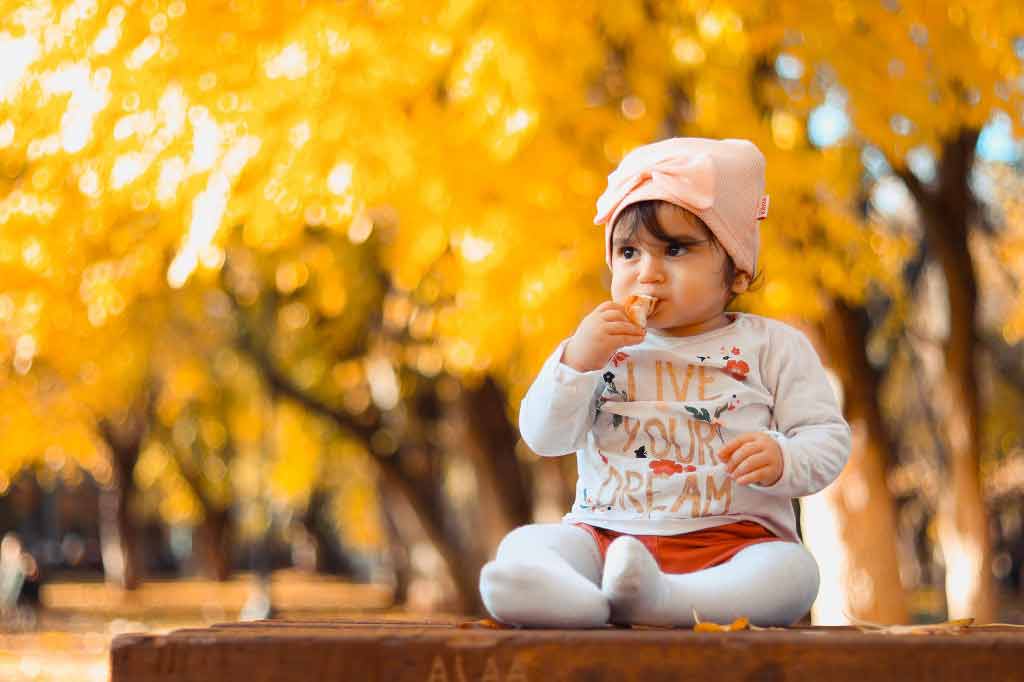

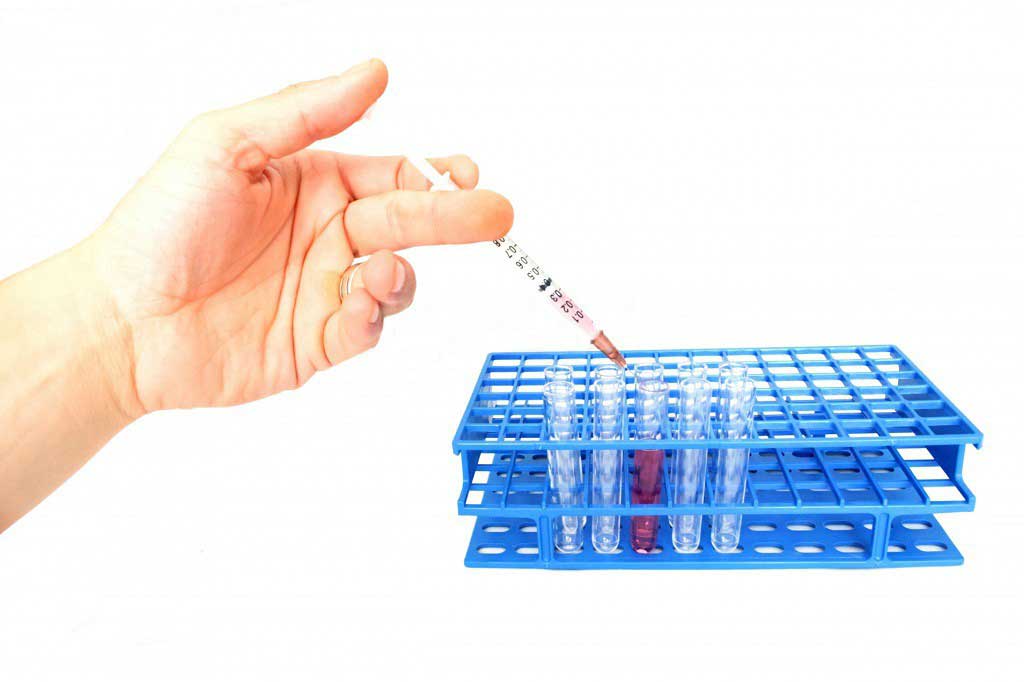
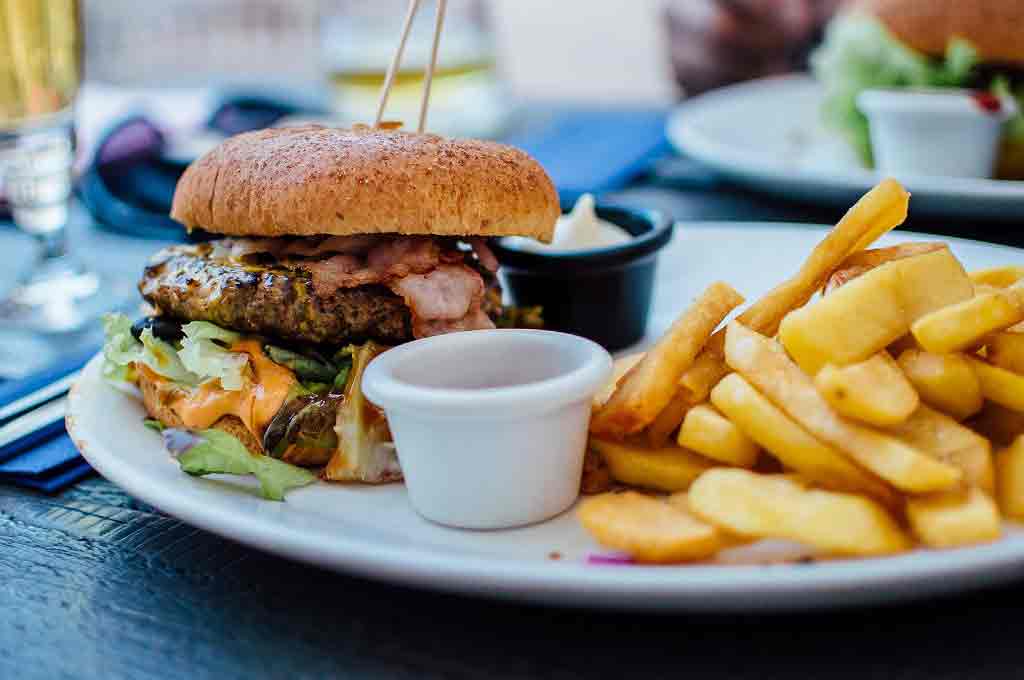
 Subscribe
Subscribe Ask the doctor
Ask the doctor Rate this article
Rate this article Find products
Find products